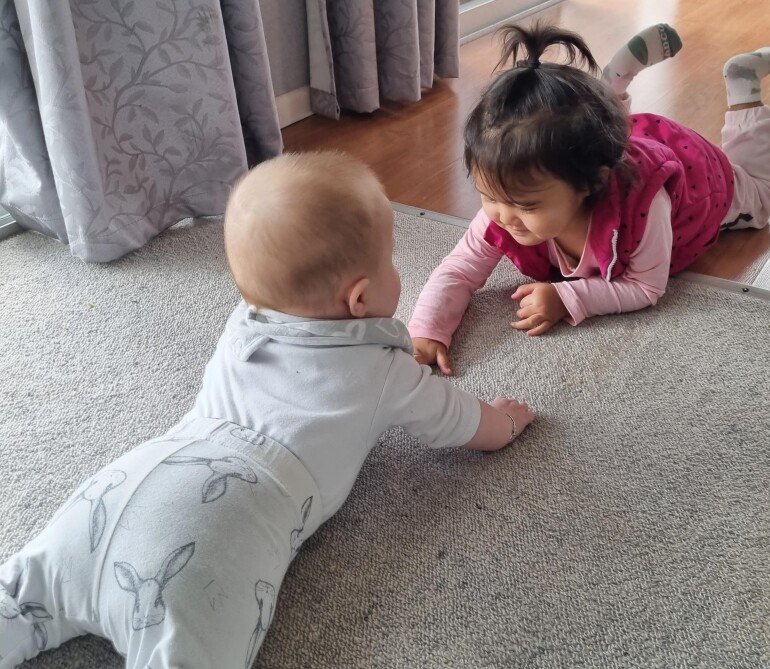News And Events

Supporting Positive Behaviour
27 November 2022Where the child’s physical, mental, spiritual, or whānau wellbeing is out of balance, their behaviour will be affected (Durie, 1998). Similarly, the Holistic Development | Kotahitanga principle of Te Whāriki describes the interconnectedness of all dimensions of a child’s development – cognitive (hinengaro), physical (tinana), emotional (whatumanawa), spiritual (wairua), social, and cultural. A holistic approach to children’s behaviour means that we consider the whole picture of a child’s wellbeing and development in order to better understand and support them.
There is no single definition of positive behaviour, no one ‘right way’ for children to behave. Positive behaviour will reflect the values and expectations that have been co-constructed by kaiako, tamariki, and whānau. Valuing diverse ways of being and knowing is central to Te Whāriki. Viewing behaviour through a cultural lens ensures that we take a strength-focused, holistic approach to supporting children’s behaviour.
Sometimes, however, a child’s behaviour does become a problem. It is a problem when it is a barrier to their positive engagement with others, when it reduces opportunities to participate, learn, and make friends. It is also a problem when it creates anxiety, isolation, or stress for the child and for the child’s whānau.
All behaviour has a purpose. Through their behaviour, children may be trying to obtain something (e.g., a toy, attention) or to avoid something (e.g., having to wait for a turn). However, behaviour also communicates important information about what is happening in a child’s social and emotional world. This information helps us when the child’s behaviour has become a problem. By observing the behaviour and trying to understand its purpose and meaning, we can plan appropriate strategies to support behaviour change.
Strategies that promote positive behaviour for learning are used to prevent unacceptable behaviour and support the learning of new behaviours, social skills and competencies. A simple way to identify the purpose of behaviour is to analyse its ‘ABC’.
- The Antecedent (what happens before the behaviour)
- The Behaviour itself (describe the actual behaviour)
- The Consequence (what happens after the behaviour).
We can ask ourselves the following questions:
- What is the problem behaviour?
- How often does it happen?
- What is the typical setting or context for the behaviour?
- What typically happens before the behaviour occurs?
- What happens immediately after the behaviour?
- When is the behaviour least likely to occur?
- What might the child be avoiding or obtaining through this behaviour? How is the behaviour “useful” for the child?
- What might the child be communicating through this behaviour?
- What currently works well to calm, refocus, or re-engage the child?
It is important that the ways in which we respond to inappropriate behaviour are mana-enhancing and preserve the dignity of all involved. We must take care that we never embarrass children, single them out as an example, or use humour or sarcasm in ways that belittle or label them. We also need to be aware of our biases, regularly checking that our responses are not influenced by low expectations or deficit theories related to culture or gender.
At Nurtured at Home, we use positive behaviour strategies and work in partnership with families to support children on an individualised basis, so they are able to succeed as lifelong learners.
Information from Ministry of Education's resource He Māpuna te Tamaiti


